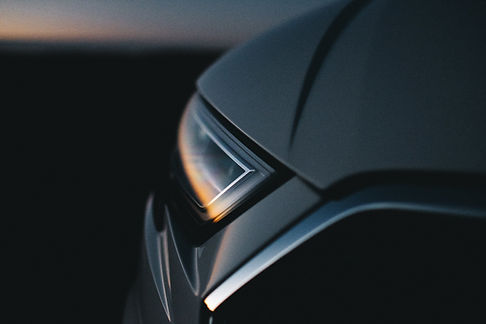
Paint Protection Film

Simply speaking, PPF is a plastic-like material that acts as a self-sacrificial suit of armor for your vehicle. Premium PPF such as the STEK DYNOseries are hydrophobic and self-healing to offer a layer of protection for today’s vehicles.
It can be applied to fit the most intricate details of your vehicle’s curves and even protect plastics such as the headlights or mirrors.
Having a product that is self healing is extremely crucial for the minor dings and nicks that can occur in rough driving conditions. If an icy road causes you to slide into a hedgerow or branches, the PPF will shrug off those scratches with ease.
Sand, salt or deicer
Living in an area that gets snowfall, you’re aware of the havoc that snow-removal can have on your cars, trucks or RV. Chips and micro scratches from sanding, rust issues from salt and erosion, or pitting from chemical deicers are all risks. But with PPF’s durability, your paint will remain safe.
STEK PPF is engineered with UV-resistant, anti-yellowing adhesives that securely keep it in place so salt or chemicals can’t get under it and corrode or erode the paint layer. STEK PPF also utilizes a nano ceramic top coat that boasts extreme hydrophobic capabilities to keep snow or salted-melted ice from pooling on the flat areas of your car such as the hood or trunk lid. Hydrophobic PPF is easier to clean and its higher surface tension means ice won’t stick to any protected area.



Paint protection films (PPF) offer several advantages and disadvantages.
**Pros:** They provide excellent protection against scratches, chips, and road debris, helping to maintain the vehicle's exterior appearance. PPF is also self-healing, meaning minor scratches can disappear with heat.
**Cons:** The installation process can be costly and require professional help.